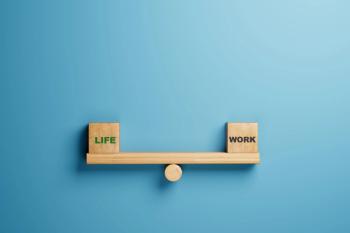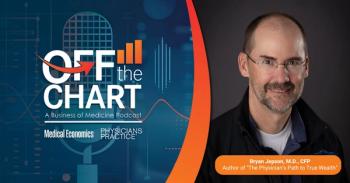
Taking a Break from Multitasking at Your Medical Practice
What happens when a doctors swaps multitasking for a one-process-at-a-time style at her medical practice.
I've been grappling with multitasking and multiple distracters both at work and at home. Since it appears to be impossible to have my kids actually take turns trying to talk to me, I decided to try to improve things at work first. I decided to adopt a lean manufacturing process of one-piece flow. In clinic, this would mean that the entire visit with a patient is completed in one sequence of events with no leftover work to do after the visit.
I frequently struggle with trying to finish notes at the end of the day or over my lunch hour and am piecing together handwritten notes, partially completed electronic records, and the fragments of my memory into well-thought-out, cohesive notes. Inevitably, I am following up on labs and other forgotten items later on in the day, which requires another phone call to the patient. While the integrity of my notes is very good, since I do write down the important findings and notes in the chart or on a piece of paper, it is time consuming to put the note together after the fact and make sure it is accurate and comprehensive.
Today, my goal was to finish the office note by the conclusion of the visit and hand it, completed, to the patient. I'm happy to say that I was successful in at least 80 percent of my encounters. I didn't run any further behind than I usually do. I still saw the same mix of patients - including those whose multiple needs and issues hemorrhage into the next appointment time. However, I had a better day in clinic and I think my patients benefitted from a more attentive and focused physician.
Doing my office visits in a one-piece flow forced me to make decisions at the point of care, whether that was deciding to obtain an MRI or repeat a mildly abnormal lab test or have a tough conversation with a patient about the need to start medication. It helped me to write a better note because I knew the patient would be leaving with it. I was able to face the next patient without the burden of an unfinished visit lingering from the patient before. When I exited an exam room, I was completely done with the patient and my brain was able to fully engage with the next patient.
I also enjoyed my day much more. I felt less burdened, less distracted, less harried, and less overwhelmed. I spent time with my patients that felt more meaningful. I felt more present with them.
I still had numerous interruptions and tasks to do. I had e-mail messages to respond to, medications to fill, faxes from a half-dozen nursing homes, and multiple staff requests. However, I felt that my main task - to see the patients with appointments - was done well and with my full attention. So, the challenge now is to sustain this change. To bring my full attention into each patient visit and force myself to finish the visit completely by the time the patient is ready to leave.
After I tackle that mountain, I'll see if I can get my kids to take turns talking!
Newsletter
Optimize your practice with the Physicians Practice newsletter, offering management pearls, leadership tips, and business strategies tailored for practice administrators and physicians of any specialty.








